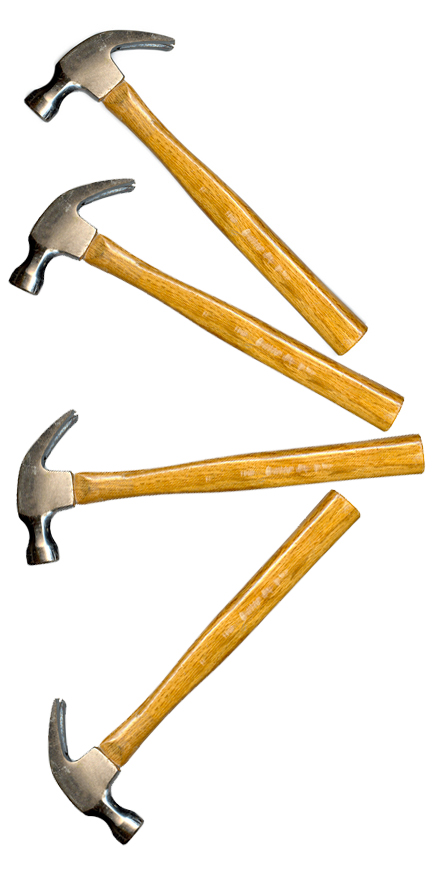Many workers – and the contractors who employ them – seem to take for granted the importance of ensuring that tools and equipment are securely fastened when they are working at height. After all, how much damage could a tool do when it falls? But, depending on the height from which it falls, even a small object can be deadly.
For instance, a 220g bolt has an impact force of 49kg (similar to being hit by a washing machine) when dropped 23m. A hammer weighing 2kg can have an impact force of 117kg (equivalent to a baby elephant) when dropped just 6m.
The above computations assume that the object is dropped straight down. But if the object is deflected by something in its path, i.e., a girder or a piece of equipment, it becomes a projectile. This not only means that the impact force may be intensified, but the object can travel much further away.
Such incidents are fortunately rare, which is probably one of the reasons why more importance is not given to the prevention of falling objects. However, close calls happen more often than is perhaps commonly believed.
According to data from OSHA, there are some 50,000 incidents reported of “struck by falling objects” annually. This breaks down to approximately one event every ten minutes. In addition to these, there are probably many more falling object incidents that are not reported, probably because no one was harmed or any resulting injuries were minor.
Unfortunately, this lack of awareness means that contractors and workers usually rely more on remedial measures such as debris nets to catch falling objects. But these measures are not foolproof, and it is always better to prevent objects from falling in the first place.
Another common issue cited by most workers as to why they don’t tie off their tools is that they don’t have tethering features. But the truth is that there is a wide range of tool tethering products available that will ensure that tools can be securely attached to workers or structures while still being easy to remove when the tool is needed.
Creating a Dropped Object Prevention Program

The first step in creating a prevention program involves assessing the risks present in the workspace. The questions that need to be answered include:
- What are the potentially unsafe objects (i.e., tools, debris) that can fall?
- Who are at risk (workers, delivery personnel, guests)?
- What areas of the job site are at risk for dropped objects?
Answering these questions will require you to spend time observing at-height work areas so you can identify actual and potential safety hazards. Note that the causes of falling objects can be divided into two categories:
Worker-caused
Falling objects can be caused by worker carelessness, being disorganized or otherwise not following proper housekeeping procedures and colliding and tripping while at the worksite.
Elements
Causes of falling objects include weather conditions on the site, vibrations and corrosion, and other hazardous worksite conditions.
Once you’re done, you can start developing prevention solutions. These are also divided into categories:
Administrative controls
Changing worker behavior through training and new procedures. For instance, you can talk to workers about the importance of being organized while on the worksite (i.e., not leaving tools and construction debris lying around, putting tools away after use and ensuring that cords are appropriately routed so that they do not pose a tripping hazard).
Engineering controls
These involve putting procedures in place to prevent dropped objects. They are also divided into three categories:
- Passive controls that do not require human intervention to work. These include toeboards, safety netting, and handrails.
- Active controls that require workers actively implement them. These include the use of drop containment devices such as lanyards and pouches, which secure tools and equipment to ensure they don’t fall.
- Personal Protective Equipment that is designed to mitigate the impact of dropped objects on workers. These should be used to supplement a prevention plan rather than being the primary way to protect against dropped objects.






